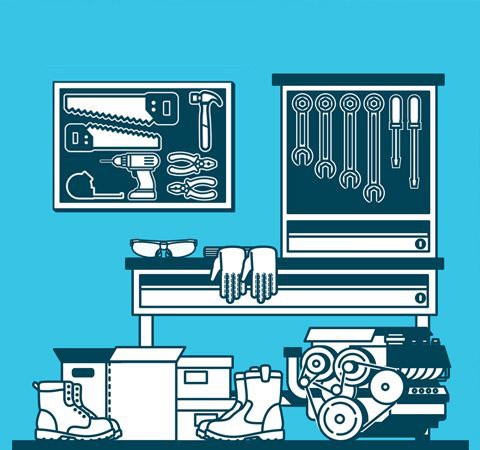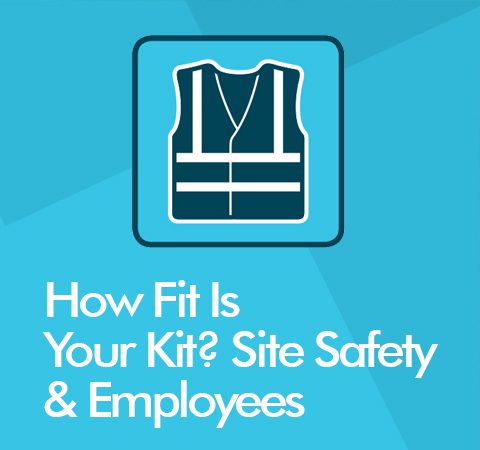How To Choose The Right PPE - Introduction
Written By
Thumbs-Up2019.07.02

THUMBS-UP SAFETY'S GUIDE TO HELPING YOU MAKE THE RIGHT CHOICES WHEN SUPPLYING PPE AND WORKWEAR
Foreward
For starters, when it comes to specifying and purchasing PPE products, the phrase ‘one size fits all’ simply doesn’t apply. Every industry, from construction to the food sector, has specific requirements and guidelines to adhere to that will ultimately influence what kit is required to safeguard employees.
In our experience, PPE kit ‘fitness’ can be determined by a number of factors including size, performance, colour, weight, shape, hygiene standards and quality. Furthermore, there is a direct link between the ‘fitness’ of protective kit provided for employees and the overall ‘fitness’ of a business for reasons that are explored throughout this guide.
For starters, selecting and supplying protective workwear that is of a high quality, carries all the relevant certification markings and is generally ‘fit’ for purpose, will help keep employees comfortable, secure and well protected at all times. Getting this right can lead to fewer PPE equipment failures and a more productive workforce, as less time is spent dealing with the consequences of incorrect specification.
By comparison, getting this wrong can have far reaching effects on the health and wellbeing of employees and that of a business too. When inferior or non-compliant products make their way into employees’ hands, feelings of discomfort during the working day can have a negative impact on productivity if left unchecked. Over time, this could also lead to a lack of employee confidence in their kit, meaning they may be more inclined to remove protective gear while at work, thus placing themselves at risk of injury from an accident as a result.
Furthermore, buying the correct PPE equipment will only go so far towards protecting employees and contributing to the smooth running of any organisation. If used incorrectly or inadequately maintained during the recommended lifespan, the performance of even the fittest products can be compromised over time, meaning businesses can often unintentionally risk the safety of their employees.
"Every industry, from construction to the food sector, has specific requirements and guidelines to adhere to"
To avoid PPE fails in the workplace, taking a ‘top down’ approach to correct PPE specification, whereby those who procure and distribute PPE equipment also take responsibility for educating and advising on proper maintenance procedures, is advisable. By addressing all these elements at the start of the process, serious problems can be avoided further on down the line whether these relate to personal safety or business performance. This guide has therefore been developed to provide advice on specifying the ‘fittest’ PPE products, as well as offering some essential tips for educating end users about how best to take care of equipment from the moment it is placed in their hands.
> Next Section - 01 Site Safety & Employees
-
2019-08-08Site safety is one of, if not the, most important aspects of working within the commercial and industrial sector. PPE is intrinsic to safe working practice on site – yet it can often be misused,
-
2019-07-02Thumbs-Up Safety Guide to helping you make the right choices when supplying PPE and workwear Foreward For starters, when it comes to specifying and purchasing PPE products
-
2018-05-18Hazards of varying degrees of severity are present in almost all workplaces – whether its falling objects, moving vehicles, chemicals, noise or a myriad of other dangers.
 Mon - Fri:9AM-5:30PM
Mon - Fri:9AM-5:30PM




































